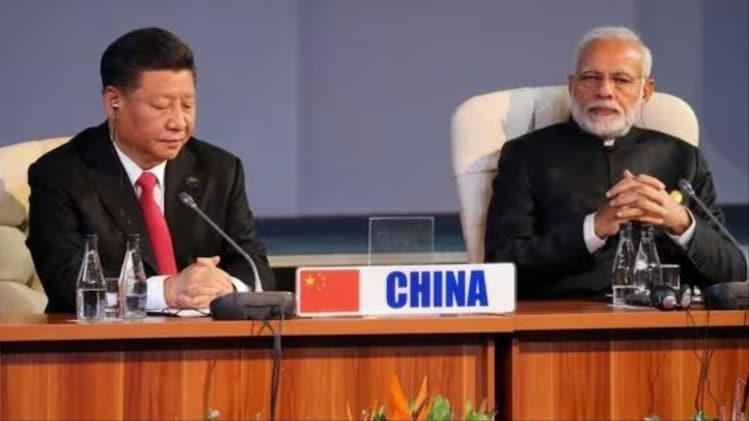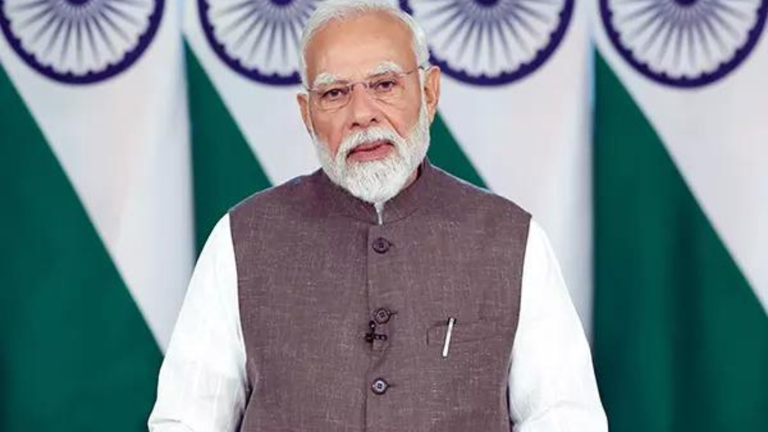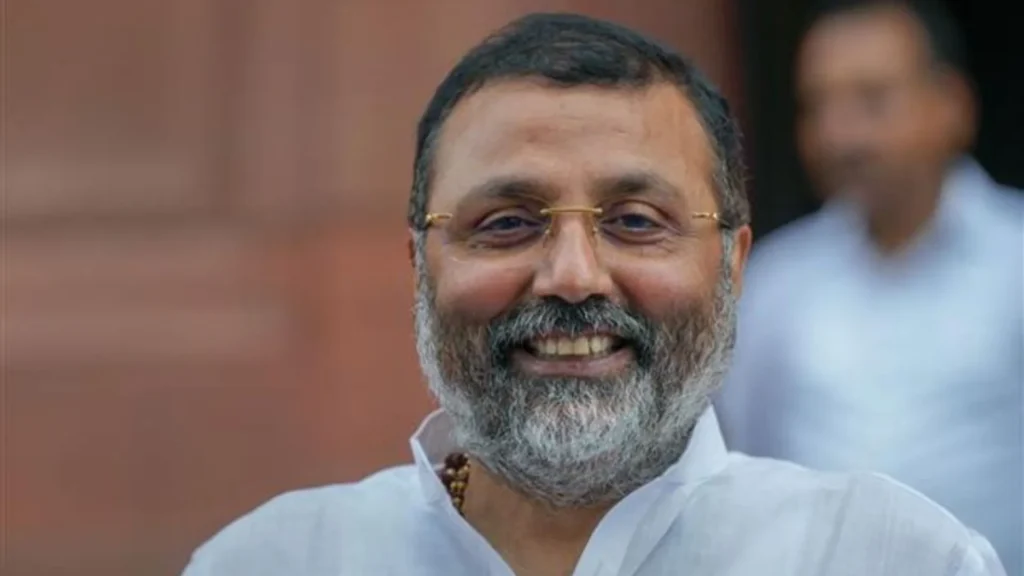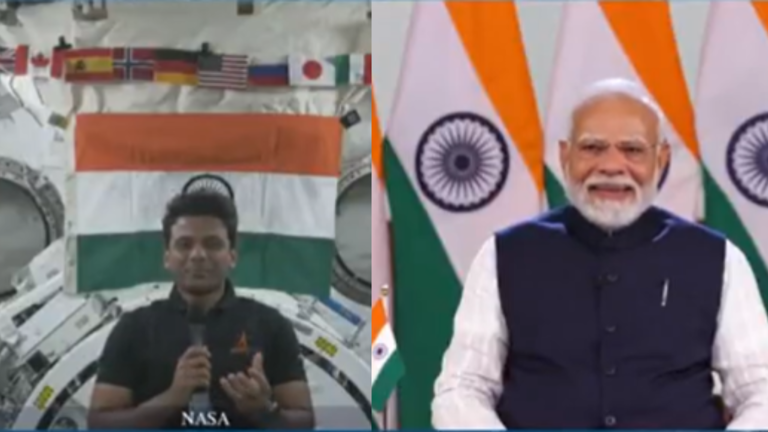Mahbubani Warns of Regional Instability Without Cooperation
That’s the stark warning from Kishore Mahbubani, a respected Singaporean diplomat and thought leader in international relations. At a recent public forum, Mahbubani voiced concerns that Asia’s path to peace and prosperity could be severely compromised if India and China—its two largest and most populous nations—fail to reconcile their complex, often adversarial relationship. This isn’t just a diplomatic soundbite. The message is a wake-up call for policymakers, academics, and especially the youth across Asia. Mahbubani emphasized that the decisions made in Beijing and New Delhi in the coming years will either stabilize or destabilize the entire region.
In this explainer, we explore the roots of India-China relations, their historical complexity, the current diplomatic landscape, and what Mahbubani’s warning really means for Asia’s future.
A Long Legacy, Forgotten Too Soon
India and China, home to nearly 3 billion people combined, share a civilizational legacy dating back millennia. For most of their 2,000-year history, they coexisted peacefully, trading knowledge, culture, and goods along the Silk Road. Ancient Buddhist pilgrims like Xuanzang and Faxian traveled to India, deepening philosophical and cultural bonds.
However, the modern relationship is scarred by the 1962 Sino-Indian War, a brief but devastating border conflict that reshaped how India viewed China. While most Indians are keenly aware of that episode, Mahbubani observed that most Chinese today are barely conscious of it—creating an “asymmetrical” relationship where historical wounds are remembered on one side but forgotten on the other.
This historical imbalance has influenced diplomacy, trade, and even public opinion in both countries. For India, China remains a neighbor and rival. For China, India is often viewed as a secondary player—something Mahbubani says must change if Asia is to thrive.
A Relationship of Peaks and Pitfalls

From Coexistence to Competition
The early 2000s saw growing cooperation between India and China, including joint military exercises, expanding trade, and mutual participation in global institutions like BRICS and the Shanghai Cooperation Organisation. However, this thaw didn’t last.
Flashpoints: Doklam and Galwan
Tensions flared dramatically in 2017 during the Doklam standoff, and again in 2020 with the deadly Galwan Valley clashes, the most violent confrontation in over four decades. These incidents reignited nationalistic sentiments and pushed both countries to militarize their shared Himalayan border.
Trade Paradox
Despite political hostility, bilateral trade has grown. China remains one of India’s top trading partners, especially in electronics and industrial inputs. Yet, the economic relationship is deeply imbalanced—India imports far more than it exports—leading to calls within India for greater self-reliance and reduced dependency on Chinese goods.
Youth, Education, and Soft Power
Mahbubani’s speech also highlighted the underutilized potential of youth diplomacy. Educational exchanges, cultural understanding, and people-to-people contact are minimal between India and China. Unlike Indo-US or Sino-EU relations, student movement and academic partnerships between these two Asian giants remain stunted.
Fragile Progress in 2025
In recent months, there have been incremental signs of reconciliation. High-level diplomatic engagements have resumed, including the revival of the Russia-India-China (RIC) trilateral and new military-level protocols like the 2024 Border Patrol Accord, which reduces direct conflict risk in disputed areas.
Still, strategic trust remains low. India remains wary of China’s Belt and Road Initiative (BRI), its close ties with Pakistan, and its growing influence in South Asia. Meanwhile, China views India’s growing alignment with the US—especially through QUAD—as a challenge to its regional dominance.
Experts warn: While dialogue is welcome, these improvements are fragile. Any new skirmish or political provocation could reverse the gains made.
Why This Matters for All of Asia
India and China together represent nearly 40% of the global population and are central pillars of Asia’s economic and geopolitical future. Their rivalry threatens not only bilateral stability but the broader dream of an “Asian Century.” Ongoing tensions could derail regional growth, fracture multilateral alliances, and turn Asia into a hotspot of military confrontation. For smaller nations in Southeast Asia, Central Asia, and the Indo-Pacific, escalating India-China hostilities could force difficult strategic choices, pushing them into uncomfortable alignments and raising the specter of a new Cold War in the East.
Kishore Mahbubani’s message emphasizes that a cooperative India-China relationship could shift global dynamics towards a multipolar world—where no single power dominates. A functioning partnership between the world’s largest democracy and its most populous authoritarian state could create a unique model of coexistence, offering alternative leadership in global governance. Mahbubani’s appeal to the youth is particularly critical: young Indians and Chinese, unburdened by the legacy of war and colonialism, hold the key to reshaping this relationship. Their vision and willingness to engage can move the region from rivalry toward mutual respect and long-term collaboration.
Kishore Mahbubani’s warning is more than diplomatic commentary—it’s a regional alarm bell. The future of Asia will be shaped not just by military strength or economic size, but by the ability of India and China to acknowledge their shared past, manage their present tensions, and chart a cooperative future. Diplomacy, youth engagement, and economic balance will be the keys. As Mahbubani said, “If India and China don’t get along, Asia is in trouble.” The stakes couldn’t be higher.





















